A roundup of news from SC21: With Frontier still not online, still no official Exascale systems in the Top500.
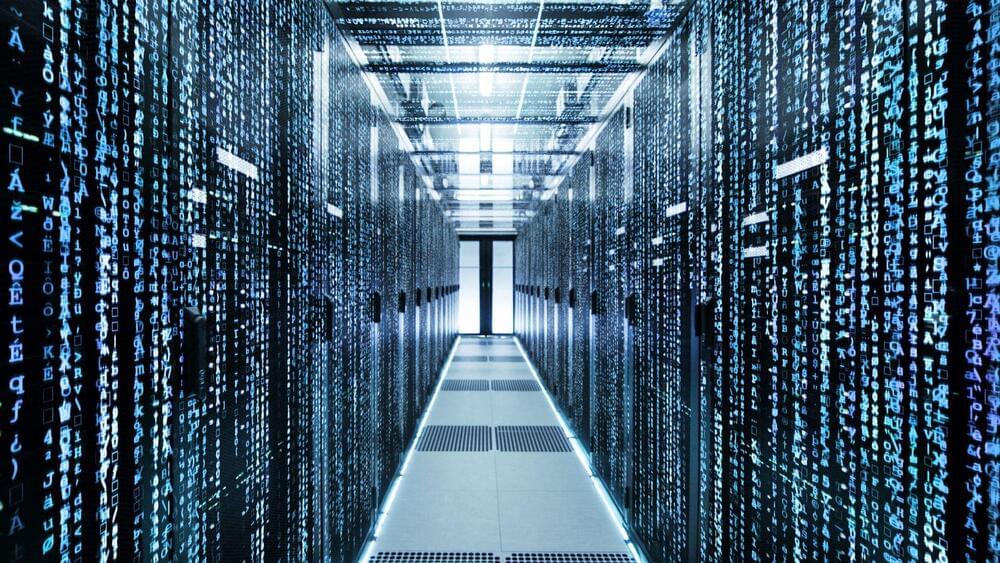

✅ Instagram: https://www.instagram.com/pro_robots.
You are on the PRO Robots channel and in this video we will talk about artificial intelligence. Repeating brain structure, mutual understanding and mutual assistance, self-learning and rethinking of biological life forms, replacing people in various jobs and cheating. What have neural networks learned lately? All new skills and superpowers of artificial intelligence-based systems in one video!
0:00 In this video.
0:26 Isomorphic Labs.
1:14 Artificial intelligence trains robots.
2:01 MIT researchers’ algorithm teaches robots social skills.
2:45 AI adopts brain structure.
3:28 Revealing cause and effect relationships.
4:40 Miami Herald replaces fired journalist with bot.
5:26 Nvidia unveiled a neural network that creates animated 3D face models based on voice.
5:55 Sber presented code generation model based on ruGPT-3 neural network.
6:50 ruDALL-E multimodal neural network.
7:16 Cristofari Neo supercomputer for neural network training.
#prorobots #robots #robot #future technologies #robotics.
More interesting and useful content:
✅ Elon Musk Innovation https://www.youtube.com/playlist?list=PLcyYMmVvkTuQ-8LO6CwGWbSCpWI2jJqCQ
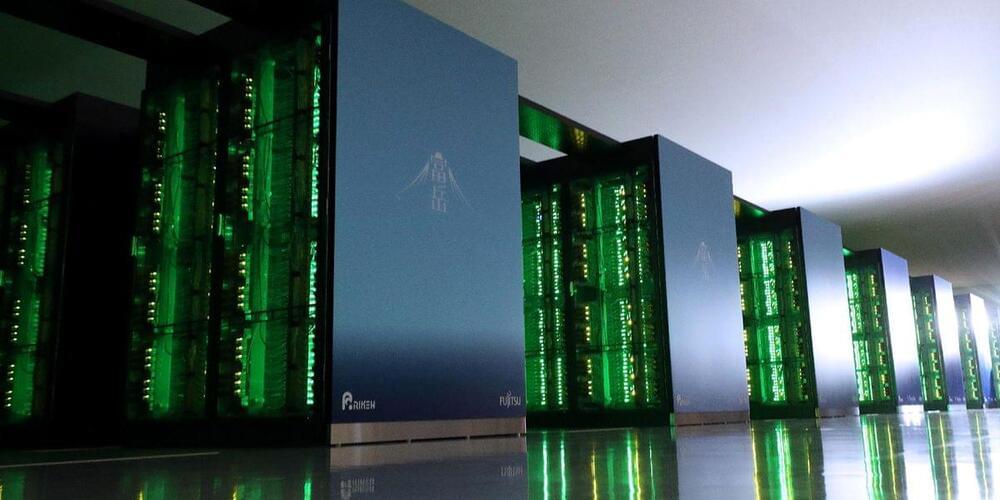
New ways to measure the top supercomputers’ smarts in the AI field include searching for dark energy, predicting hurricanes, and finding new materials for energy storage.
[ol class= popular-box__articles-list popular-box__articles-list—active][li class= popular-box__article-list]
[img src=/media/img/missing-image.svg alt= Tune in to hear how NASA has engineered and asteroid impact with the DART spacecraft. class= popular-box__article-list__image lazy-image-van-mos optional-image sizes=99vw data-normal=/media/img/missing-image.svg data-original-mos= https://cdn.mos.cms.futurecdn.net/i7efrzkNj5VvD87EDy3yne.jpg data-pin-media= https://cdn.mos.cms.futurecdn.net/i7efrzkNj5VvD87EDy3yne.jpg data-pin-nopin= true].
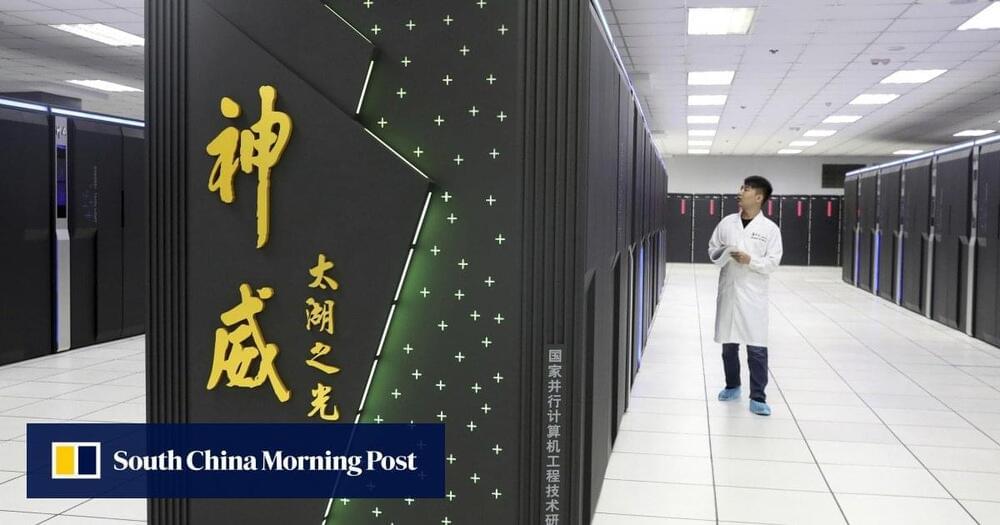
IBM’s new Quantum Computer breaks the current world record in terms of Qubits and ushers in a new era of quantum supremacy. It’s also IBM’s last chance of potentially undoing its rise and fall among the biggest tech companies in the world that has been occuring these last few years. The Eagle Quantum computer has 127 qubits and can outperform the fastest supercomputers in the world in certain tasks and calculations. Whether or not Google’s Quantum AI company will come back from behind is currently uncertain. But one thing is for sure: The future of Quantum Computers does look very bright.
–
TIMESTAMPS:
00:00 IBM’s Last Chance.
01:23 The competetive field of Quantum Computing.
02:19 How this Quantum Computer was made.
04:00 What is Neven’s Law?
06:35 And the goal of all this is…
09:22 Last Words.
–
#ibm #quantumcomputer #ai

There are no greater bragging rights in supercomputing than those that come with top ten listing on the bi-annual list of the world’s most powerful systems—the Top 500. And there are no countries more inclined to throw themselves (and billions) into that competition this decade than the U.S. and China.
Today, the latest results were announced (much more on those here) but notably absent, aside from the expected first exascale machine in the U.S., “Frontier” at Oak Ridge National Laboratory in the U.S., are China’s results, which if published, would have shown two separate exascale-class machines.
This would have been a major mainstream news story had China decided to publicize its results–and on several fronts.
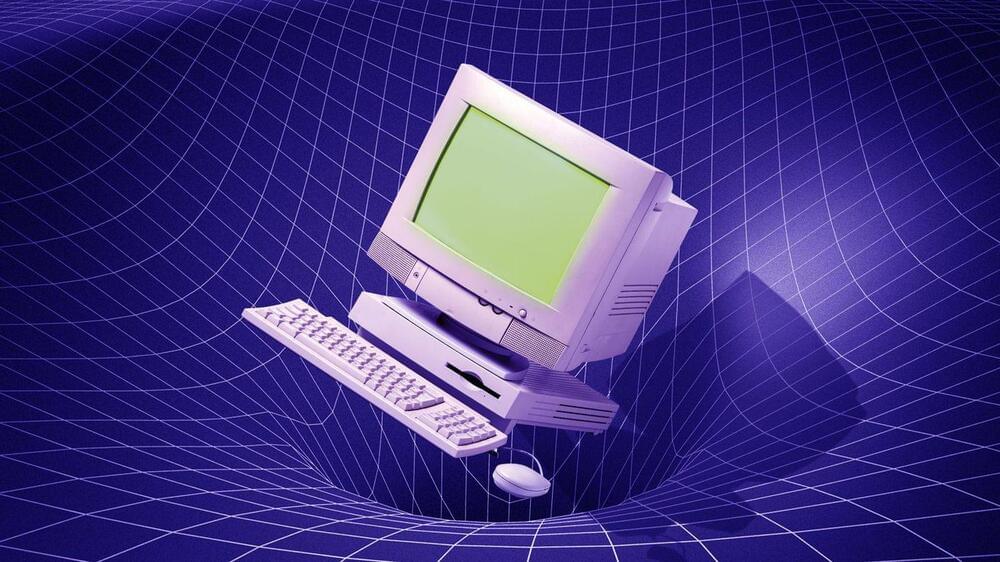
IBM has created a quantum processor able to process information so complex the work can’t be done or simulated on a traditional computer, CEO Arvind Krishna told “Axios on HBO” ahead of a planned announcement.
Why it matters: Quantum computing could help address problems that are too challenging for even today’s most powerful supercomputers, such as figuring out how to make better batteries or sequester carbon emissions.
Driving the news: IBM says its new Eagle processor can handle 127 qubits, a measure of quantum computing power. In topping 100 qubits, IBM says it has reached a milestone that allows quantum to surpass the power of a traditional computer.
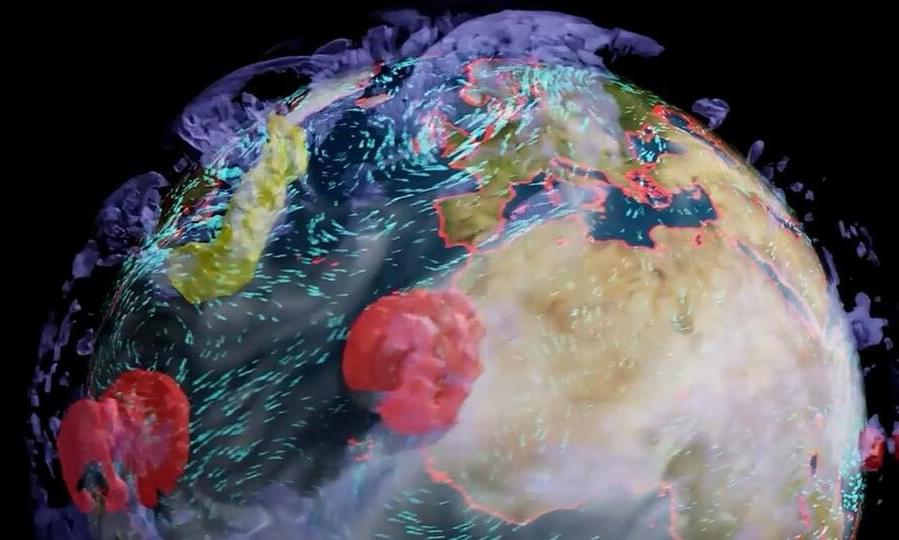
NVIDIA plans to build the world’s most powerful AI supercomputer dedicated to predicting climate change, named Earth-2.
The earth is warming. The past seven years are on track to be the seven warmest on record. The emissions of greenhouse gases from human activities are responsible for approximately 1.1°C of average warming since the period 1850–1900.
What we’re experiencing is very different from the global average. We experience extreme weather — historic droughts, unprecedented heatwaves, intense hurricanes, violent storms and catastrophic floods. Climate disasters are the new norm.
We need to confront climate change now. Yet, we won’t feel the impact of our efforts for decades. It’s hard to mobilize action for something so far in the future. But we must know our future today — see it and feel it — so we can act with urgency.
The Hardware Giant NVIDIA is now working on one of the craziest projects I’ve ever seen. They’re attempting to build the fastest supercomputer ever made in hopes of simulating the entire earth in real time for climate research and potentially even more. They call this super computer Earth 2 and it’s going to feature their most powerful next generation GPU’s in the world. It’ll feature multiple exaflops of performance and be supported by the government. I can’t wait to see how this crazy project works out. It was announced by Jensen Huang at NVIDIA GTC 2021.
–
TIMESTAMPS:
00:00 The Simulation Hypothesis.
01:29 What is Nvidia attempting to do?
03:10 What are supercomputers usually used for?
05:54 What is NVIDIA doing differently now?
07:02 Last Words.
–
#nvidia #gtc #supercomputer
The virtual sphere of digital collaboration is growing.
And while the soon-to-be-defunct Facebook pivots to Meta’s Metaverse in a bid to pivot operations into the virtual world, Nvidia is expanding its Omniverse, designed to enhance workflows in the new media environment, according to a pre-brief of the GTC 2021 event that IE attended.
While the scope and scale of Nvidia’s new suite of artificial intelligence, avatar interfaces, and supercomputing prowess were impressive, perhaps the most notable development is the firm’s new digital twin.